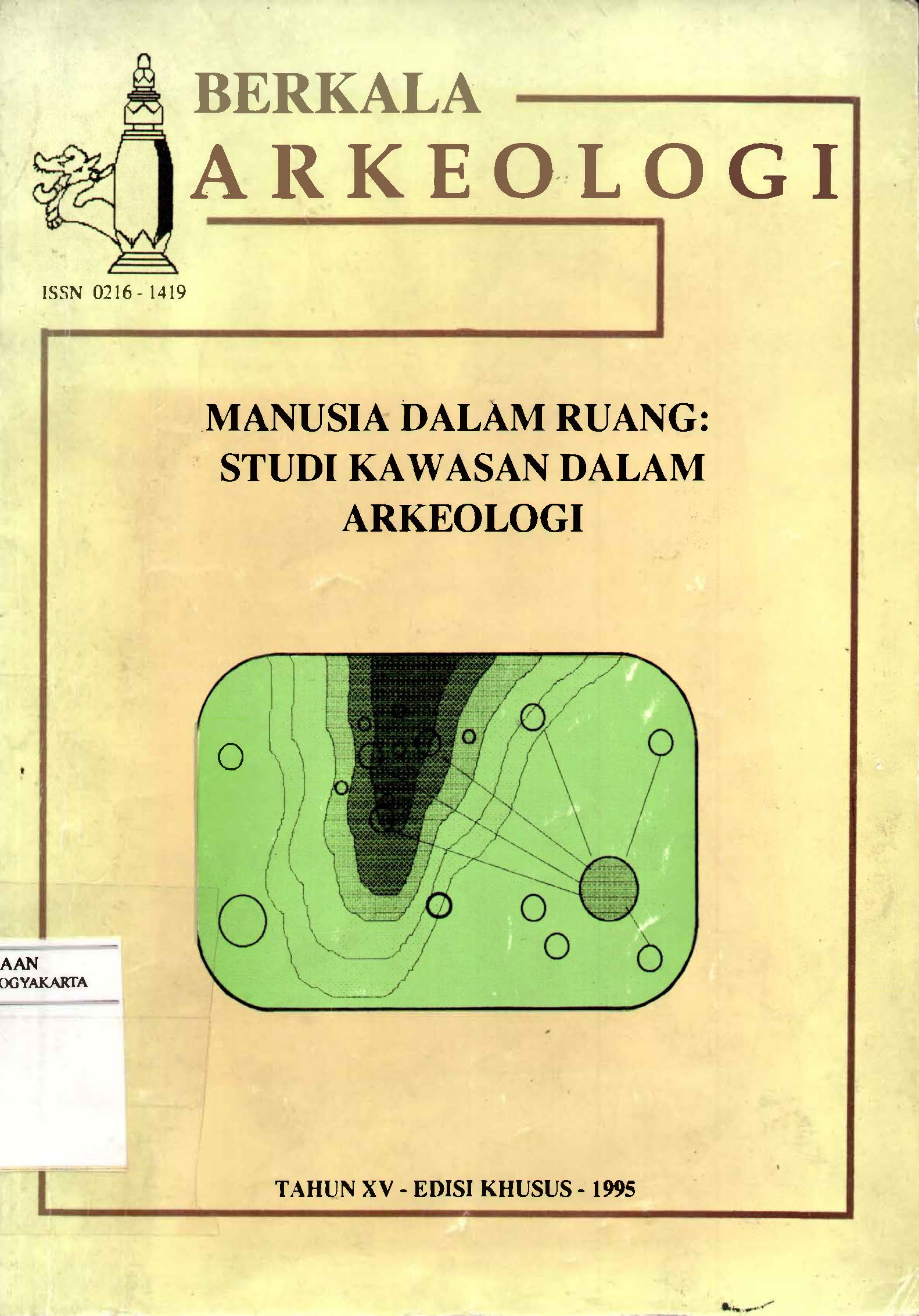TATA RUANG MASYARAKAT PENDUKUNG TRADISI MEGALITIK: KASUS MASYARAKAT BADUY
Main Article Content
Abstract
The nature of archaeological data which is limited in quality and quantity has spurred us to strive to obtain, record and interpret these data. The farther the time span is from now, the more limited the data that reaches us. Data about prehistoric culture, for example, has very limited material, let alone interpret it. One of the efforts that can be done is to make an analogy to today's society that still carries out these prehistoric cultural traditions. This effort is often called an ethnographic or ethnoarcheological analogy. By looking at the practices that apply to the community, it is hoped that it can explain the meaning, function, and so on of the archaeological objects of the supporting community.
Article Details

This work is licensed under a Creative Commons Attribution-NonCommercial-ShareAlike 4.0 International License.
References
Danasasmita, Saleh dan Anis Djatisunda. 1986. Kehidupan Masyarakat Kanekes. Bandung: Bagian Proyek Penelitian dan Pengkajian Kebudayaan Sunda (Sundanologi).
Gama, Judistira. 1988. Perubahan Sosial Budaya Baduy.dalam Nurhadi Rangkuti (penyunting) Orang Baduy Dari Inti Jagat. Jakarta Bentara Budaya.
Gama, Judistira. 1993.Masyarakat Baduy di Banten, dalam Koentjaraningrat Masyarakat Terasing di Indonesia. Jakarta: Gramedia.
Tuan, Yi-Fu. 1981. Space and Place: The Perspective of Experience. Minneapolis: University of Minnesota Press.
Ven, Cornelis van de. 1991. Ruang Dalam Arsitektur Jakarta: Gramedia.

